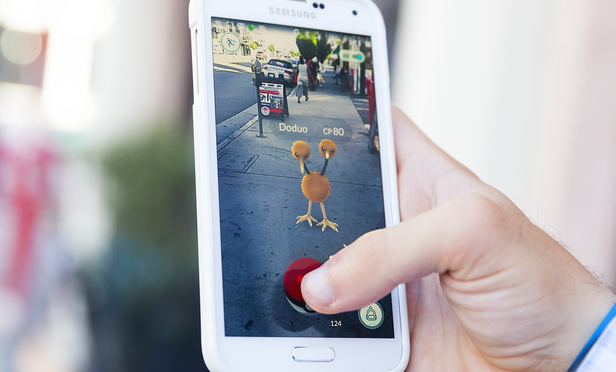Every generation has its own new fads, which can sweep across the country, if not the world, seemingly from nowhere, capturing the imagination and attention of millions.1 Why the crazes begin and why they end is beyond the scope of this article. With the exception of a few fads, these activities, however brilliant or mindless, do not create legal issues and potential litigation involving those who participate. Pokémon Go is one of those exceptions.2 This hot new enhanced reality game, produced by Niantic, Inc., has been installed over 100 million times and has more daily users than Twitter.3 The game allows its users to travel areas looking for Pokémons, collecting them and using them to conquer Pokémon Gyms. Players hatch Pokémon eggs by walking certain distances while playing, and obtain items needed to improve their collections by playing within a short distance from Pokéstops, which are denominated landmarks spread throughout the area.
Naturally, the game foresees the increased risks of having its users completely immersed in this parallel virtual reality and, as the application loads, it warns them to “be alert at all times” and to stay aware of their surroundings. Once the game starts, players have to acknowledge a message that warns them not to drive, trespass or enter dangerous sites while playing; but do these warnings fully satisfy Niantic’s legal duty?



